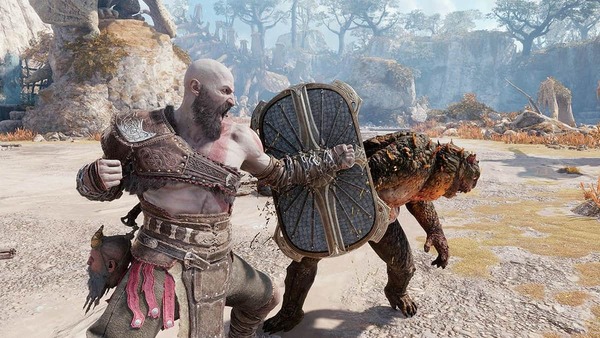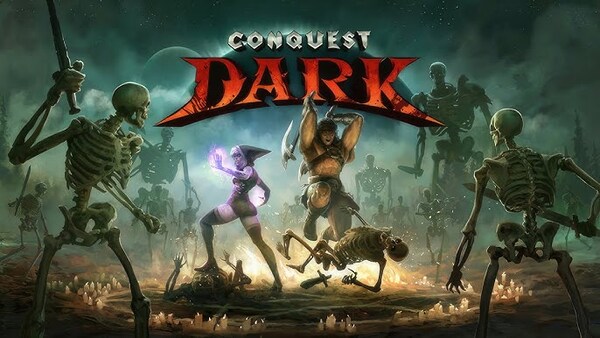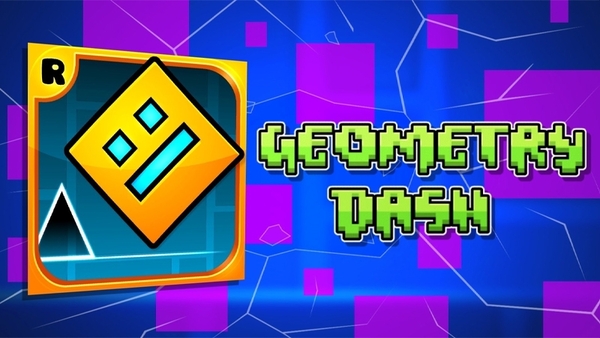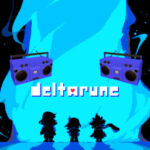Amanda the Adventurer is a unique entry into the world of indie horror games, mixing childhood innocence with disturbing undertones to create an unsettling yet captivating experience. Developed by MANGLEDmaw Games and published by DreadXP, the game was officially released in April 2023 after gaining massive attention from its demo and viral status on social media platforms. At first glance, Amanda the Adventurer appears to be a charming kids' show, but beneath the surface lies a dark, psychological horror experience that explores themes of control, manipulation, and fear.
A Simple Premise with Disturbing Layers
The game places the player in the shoes of Riley Park, who inherits their aunt’s house and discovers a stack of old VHS tapes in the attic. These tapes feature an innocuous-looking educational cartoon called Amanda the Adventurer, starring a little girl named Amanda and her timid sheep companion, Wooly. However, as Riley watches more tapes, it becomes clear that something is very wrong.
Each episode starts with cheerful music and colorful animations but quickly devolves into moments of unease, cryptic messages, and disturbing choices. The tapes are interactive, and the player must participate by entering answers, making decisions, and following Amanda’s increasingly eerie instructions.
Gameplay Mechanics: Simple Yet Effective
At its core, Amanda the Adventurer is a puzzle-based horror game with a point-and-click interface. The player watches episodes and interacts with the VHS tapes through typed answers and object manipulation. The gameplay is minimalist—there are no fast-paced chase sequences or traditional combat—but the tension is built through atmosphere, narrative, and psychological unease.
Key Gameplay Elements:
-
Interactive VHS Tapes: Players must input text-based answers to Amanda’s questions.
-
Environmental Puzzles: Exploring the attic reveals clues that tie back to the tapes.
-
Multiple Endings: Decisions matter, leading to different narrative outcomes.
-
Hidden Secrets: Off-path actions and incorrect answers often reveal chilling Easter eggs.
Amanda and Wooly: Innocence and Dread
Amanda, the titular character, starts off as a friendly, Dora-the-Explorer-esque child guide. However, her cheerful demeanor cracks with alarming frequency. She forces the player to comply, grows angry when defied, and displays behaviors that suggest she is aware of her existence—and trapped within it.
Wooly, on the other hand, serves as the moral compass. Often hesitant, scared, or trying to warn the player, he’s the audience’s lifeline in understanding that not everything is what it seems. His increasing anxiety and eventual suffering are difficult to watch, further enhancing the psychological weight of the story.
Storytelling Through Nostalgia and Fear
The genius of Amanda the Adventurer lies in how it blends nostalgia with horror. By mimicking the visual and thematic style of 1990s educational TV shows, the game taps into childhood memories and then weaponizes them. Familiar visuals—like cartoon characters, sing-song dialogue, and simple graphics—become conduits for deeply disturbing content.
Narrative Themes:
-
Loss of Control: The player is frequently manipulated into actions they’d rather not take.
-
Reality Distortion: The line between the real world and the cartoon world becomes increasingly blurred.
-
Childhood Trauma: Hints throughout suggest Amanda may be a metaphor for unresolved abuse or neglect.
Visual and Audio Design: Deceptively Cheerful
The visuals are deliberately retro, with VHS static, low-res graphics, and jittery animations that harken back to 90s public-access children’s programming. This design isn’t just aesthetic—it’s part of the horror. As things go wrong, the bright colors and cheerful music clash with what’s happening on screen, creating a deeply unsettling dissonance.
Sound Design:
-
Ambient Whispers: Hidden messages and voices are woven into the background.
-
Amanda’s Voice Acting: Her sweet tone turning cold is one of the most chilling elements.
-
Tape Distortion: Sound warping and audio glitches serve as early indicators of the horror within.
Player Choices and Moral Dilemmas
Unlike many horror games, Amanda the Adventurer doesn’t rely on jumpscares. Instead, it thrives on the player’s growing discomfort. You're forced to answer Amanda even when you don’t want to. You're aware that saying the wrong thing might harm Wooly—but saying the right thing might do so too.
Key Dilemmas:
-
Do you obey Amanda to avoid her wrath?
-
Do you help Wooly even if it goes against Amanda’s instructions?
-
Are you an observer or a participant in Amanda’s twisted world?
These choices add a psychological depth that elevates the horror from simple shock to emotional discomfort.
Hidden Lore and Community Theories
Part of the game’s lasting appeal lies in its enigmatic lore. With only brief moments of explicit exposition, players are left to piece together the truth from subtle clues. Internet forums and YouTube theory videos are rife with speculation about Amanda’s origins, the fate of Wooly, and the identity of Riley’s aunt.
Popular fan theories suggest:
-
Amanda is a trapped soul or a sentient AI seeking freedom.
-
The tapes are part of a government experiment.
-
Wooly represents Amanda’s conscience, slowly fading.
The lack of definitive answers fuels replayability and community engagement.
Strengths of the Game
-
Innovative Use of Format: The VHS-based storytelling feels fresh and immersive.
-
Psychological Horror Focus: The game masterfully creates tension without relying on gore or loud scares.
-
Effective Minimalism: Simple graphics and mechanics enhance rather than detract from the horror.
-
Replay Value: Multiple endings and hidden paths encourage exploration and discussion.
Weaknesses and Criticism
While Amanda the Adventurer is largely well-received, it’s not without criticism.
Common Critiques:
-
Short Playtime: A single playthrough can be completed in about an hour.
-
Limited Gameplay Variety: Some players find the lack of movement or deeper mechanics too simplistic.
-
Cryptic Puzzles: A few puzzles may feel unintuitive without hints or guides.
These issues, however, are often offset by the game’s atmosphere and originality.
Cultural Impact and Popularity
Since its release, Amanda the Adventurer has exploded in popularity, especially among YouTube content creators and streamers. Its short format, creepy twists, and hidden secrets make it perfect for online playthroughs. Fans have created fan art, theory videos, and even spin-off content inspired by the game.
Its success is comparable to other breakout indie horror titles like Doki Doki Literature Club and Five Nights at Freddy’s, placing it firmly in the pantheon of modern cult horror games.
Conclusion: A Terrifying Trip Down Memory Lane
Amanda the Adventurer succeeds in doing what many horror games attempt but few accomplish—it disturbs you not just with what you see, but with what you feel. By combining childhood nostalgia with psychological dread, it crafts an experience that lingers long after the final tape is ejected.
Whether you’re a horror fan, a puzzle lover, or someone intrigued by narrative-driven games, Amanda the Adventurer offers a uniquely haunting journey that’s both imaginative and deeply unnerving.

































